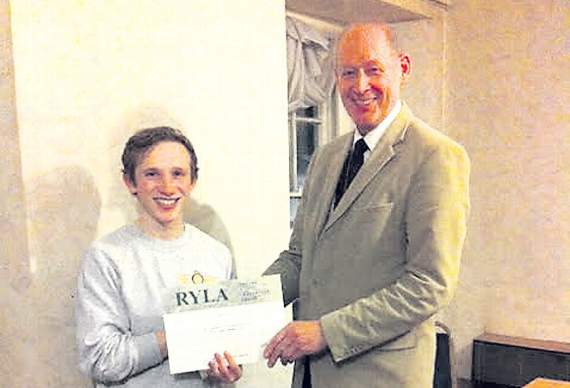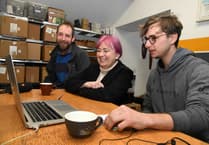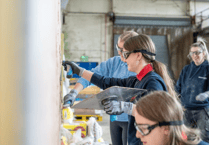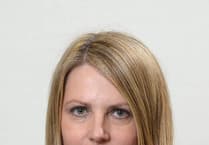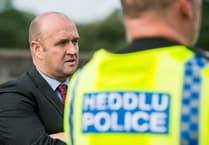THE latest community news from Lampeter
Hanes Llambed
THE first of the 2017/18 season of meetings held by Hanes Llambed took place last week in the Old Hall at the University of Wales Trinity St David’s Lampeter campus.
The speaker was Mark Lucas, the curator of the Woollen Museum at the former Cambrian Mill in Drefach Felindre in Carmarthenshire.
Mr Lucas has developed a high level of expertise in conservation in the field of the Welsh woollen industry.
His talk was about the ‘Brethyn Llwyd’ uniform of the Welsh Army Corps during the First World War.
The Welsh Army Corps or WAC was the brainchild of the Chancellor of the Exchequer, David Lloyd George.
He was keen to see a distinctly Welsh army in the field of conflict.
He saw it as part of helping to add to the spirit of national unity within Wales, with Welsh speaking men and officers, and crucially its own unique style of uniform, made of Welsh homespun wool, or ‘brethyn llwyd’.
After all Wales produced a lot of wool from its many millions of sheep. An indirect benefit could also be the creation of a demand for welsh cloth, spun and woven in the country.
In 1914 there were many woollen mills in production in Carmarthenshire and Cardiganshire, and across Wales.
The speaker pointed out that statistics show there were still 217 mills in the country in 1922.
Today the figure is only 12.
During the War the War Office gave orders to many mills for the production of cloth for the making of army uniforms.
Several problems occurred. Firstly, the exact colour. What was the actual colour of the ‘brethyn llwyd’ cloth supposed to be?
Samples which survive range in colour from blue grey to grey, and to khaki.
Secondly, there were serious problems with getting sufficient supply of cloth. Thirdly, the cost.
In addition to the focus on the War period, Mark Lucas recounted in brief the history of the growth and decline of the woollen industry in Wales, its reliance upon water and the way some of the larger mills were dominant physical features in some of the larger towns such as Newtown and Welshpool.
He also drew attention to the problems in hiring sufficient weavers in 1917, when the demand for labour for the war effort was at its height.
St Peter’s Church
SUNDAY, 1 October: 8am, Holy Communion in English; 10.30am, Harvest Thanksgiving in English.
Monday, 2 October: 7pm, Diolchgarwch am y Cynhaeaf.
Everyone welcome.
If you’re a member of a club, society or group, send your news to [email protected]
